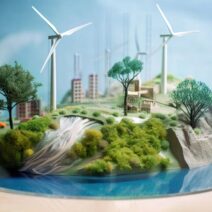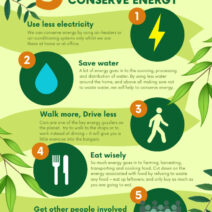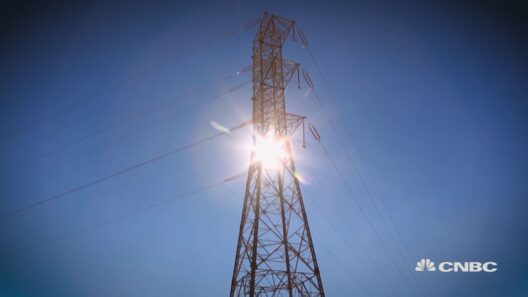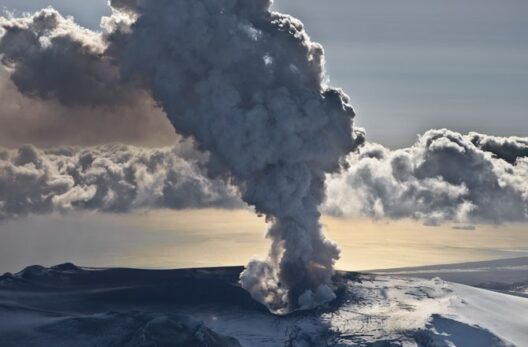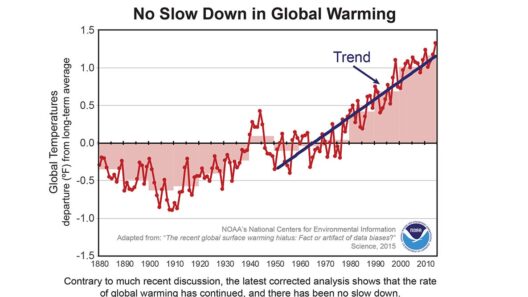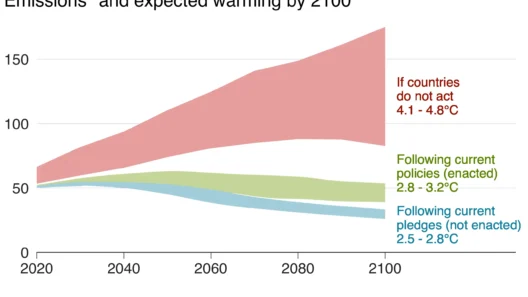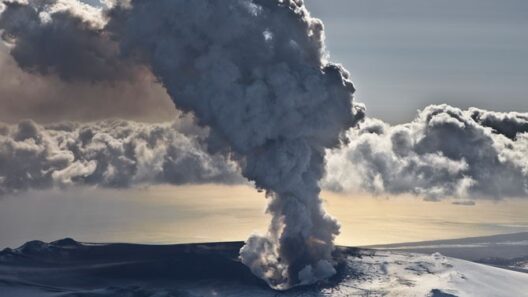Climate change, a pressing global issue, has profound repercussions on the world’s biodiversity. Species from various habitats are grappling with the consequences of rising temperatures, altered weather patterns, and shifting ecosystems. Among these diverse inhabitants are the geese and the iconic giant pandas, whose survival narratives are as intricate as the ecological matrix in which they thrive. How are these species adapting to climate change, and what challenges do they face in an increasingly unpredictable environment?
To comprehend the plight of geese, one needs to consider their migratory patterns. Traditionally, geese have adhered to specific routes dictated by seasonal changes. However, global warming has led to earlier springs and delayed winters, resulting in a disconnect between their breeding grounds and the availability of food sources. This temporal mismatch affects not only their reproductive success but also the health of their populations. What happens when the food they depend on becomes scarce or available at times that do not align with their lifecycle? This question looms large as scientists observe shifts in their population dynamics.
The alterations in habitat also pose significant challenges. Wetlands—crucial for the survival of many goose species—are increasingly threatened by rising sea levels and land development. These areas serve as breeding and feeding grounds. Thus, the loss of wetlands can lead to significant declines in goose populations. As climate change exacerbates the destruction of these habitats, one must ponder: will geese find new refuges, or are they fated to decline?
Transitioning to the resilient giant panda, these beloved creatures are emblematic of the challenges posed by global warming. Pandas are intrinsically linked to bamboo forests, which constitute their primary food source. With the ongoing climate fluctuations, bamboo is showing a tendency to rise in elevation; however, this migration can lead to a scenario where pandas find themselves without access to this vital resource. The projected extinction of certain bamboo species could have staggering consequences. If substantial sections of bamboo die out, how will the pandas adapt to such a severe food shortage? This question is more than hypothetical; it is a looming reality that conservationists must confront.
Moreover, the dispersal of bamboo may lead to increased competition for food resources with other species, further complicating the plight of the panda. Climate change exacerbates not just the availability of food, but also the interactions between differing species within the ecosystem, posing potential threats through increased competition and altered predator-prey dynamics. What measures can be taken to mitigate these challenges? Can strategic conservation efforts, such as wildlife corridors and habitat preservation, sustain the panda populations through these transitions?
The intricacies of adaptation are as varied as the species themselves. Some organisms possess remarkable abilities to acclimate. For instance, certain goose species have shown flexibility in their migration patterns, adjusting the timing and routes they take in response to climatic shifts. However, the question remains: for how long can these adaptations sustain them given the accelerating rates of climate change? As a direct result of these changes, the broader implications on their ecosystems can lead to cascading effects on other wildlife.
Global warming does not only disrupt the lives of geese and pandas; it extends its reach to countless species across the planet. Amphibians, for instance, are experiencing shifts in breeding timing and geographical distribution. Increased temperatures lead to alterations in their life cycles, making them susceptible to pathogens and diseases. Similarly, coral reefs—crucial ecosystems—are facing threats due to climate-induced bleaching. The vitality of marine life, which interacts with terrestrial ecosystems, is intrinsically tied to such detrimental effects.
At the macro level, the shifting climate is prompting a reevaluation of conservation strategies. Adaptive management—an iterative approach to resource management—has emerged as a critical response to these challenges. Employing climate science to inform conservation efforts is imperative in the ongoing battle against biodiversity loss. What role do local communities play in these endeavors? Their involvement can enhance the effectiveness of conservationists by integrating traditional ecological knowledge with contemporary scientific understandings.
Despite the obstacles faced, the resilience of nature can inspire hope. Several organizations are championing initiatives aimed at safeguarding habitats while fostering awareness of these species’ plight. Ecotourism and community engagement present opportunities for collective action. As individuals learn more about the challenges faced by geese, pandas, and countless other species, they can contribute to broader initiatives aimed at climate action. This raises another thought: how can societies mobilize these efforts on a global scale to create lasting change?
In summary, the effects of global warming on species like geese and pandas underscore a larger narrative of ecological disruption. While these creatures exhibit various adaptive strategies, the concern remains about their future amidst rapid climate change. The solutions require cooperative approaches that balance human interests with the need to protect our planet’s dwindling biodiversity. Let this challenge catalyze innovation in conservation and sustainability efforts, allowing us to forge a path toward a more secure future for our planet’s inhabitants. As we confront climate change, we must ask ourselves: will we rise to the occasion and safeguard the planet’s biodiversity, or will we allow these iconic species to fade into obscurity? The answer lies in the choices made today.
